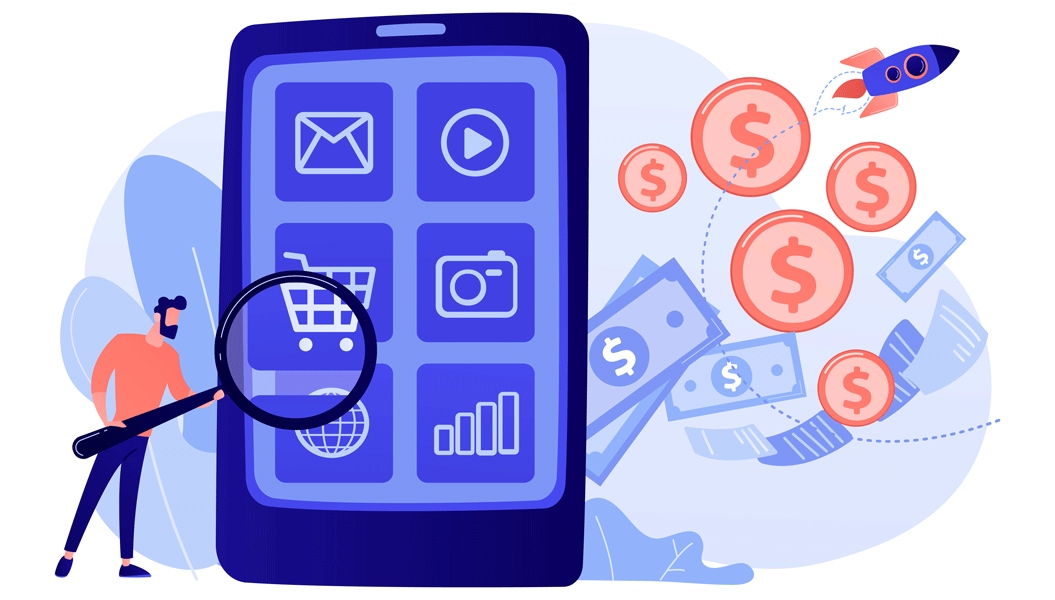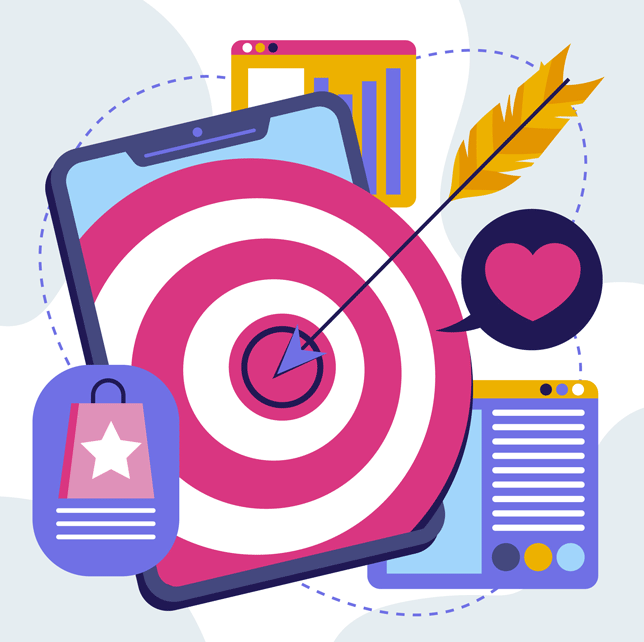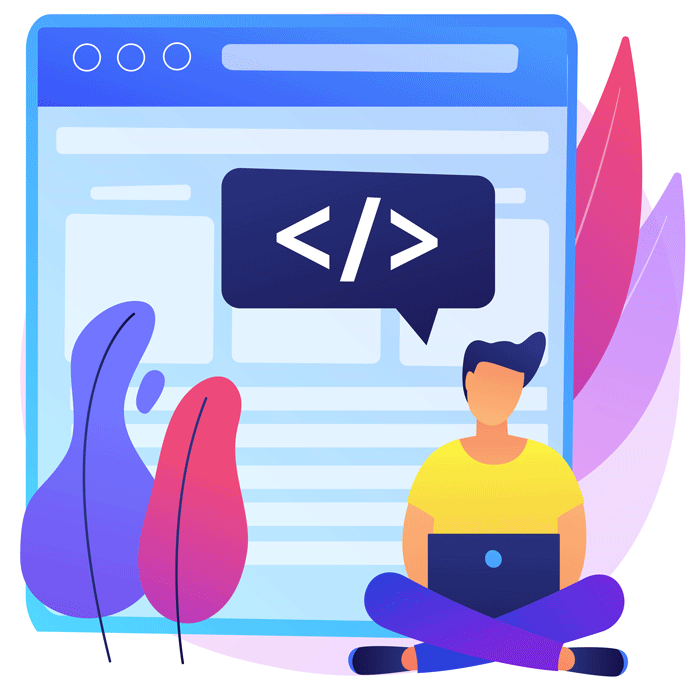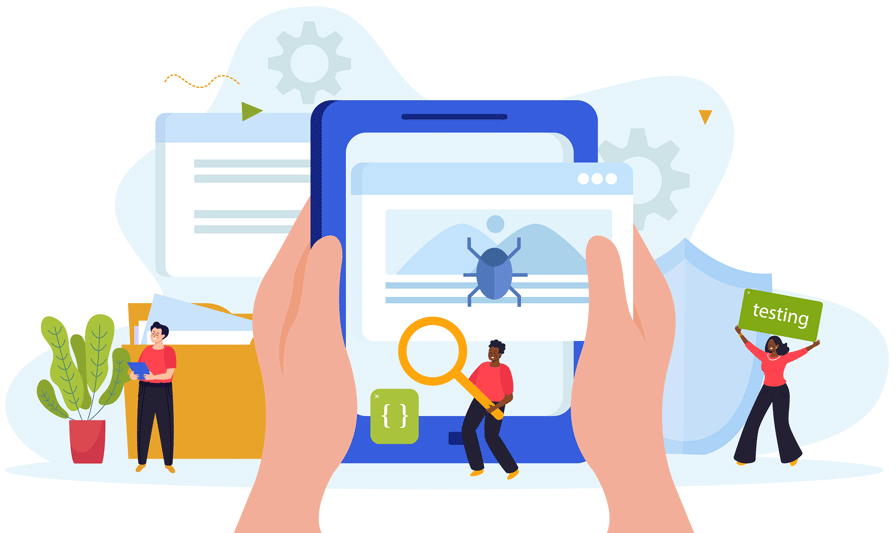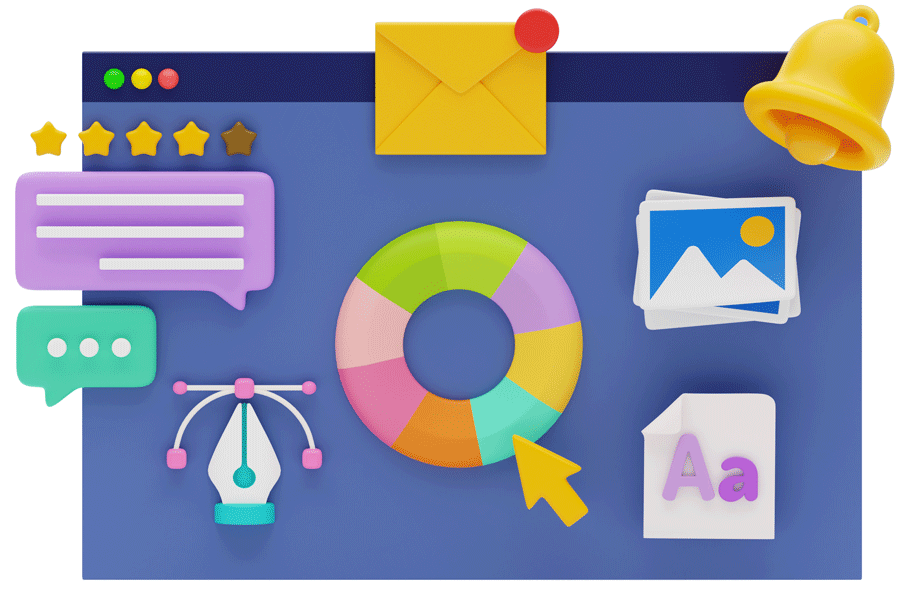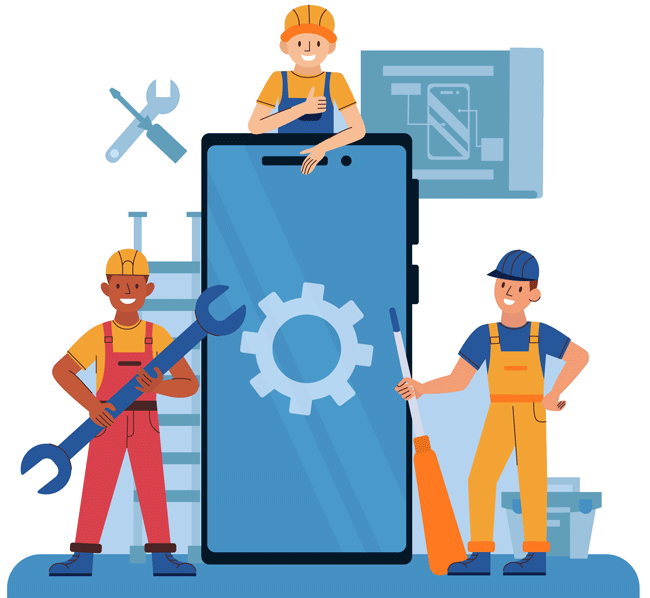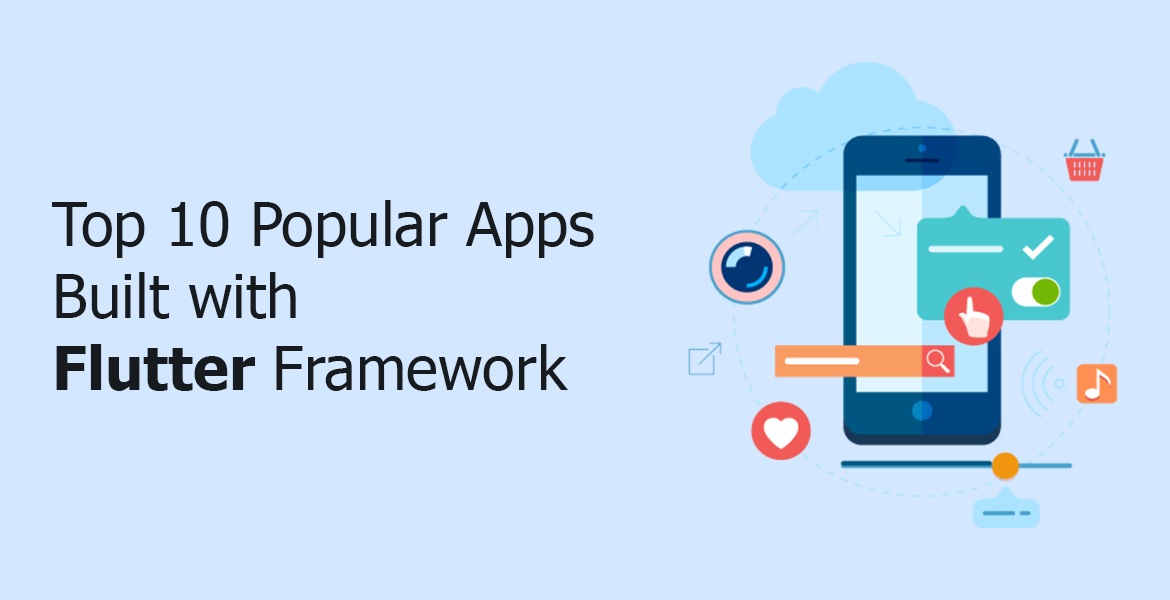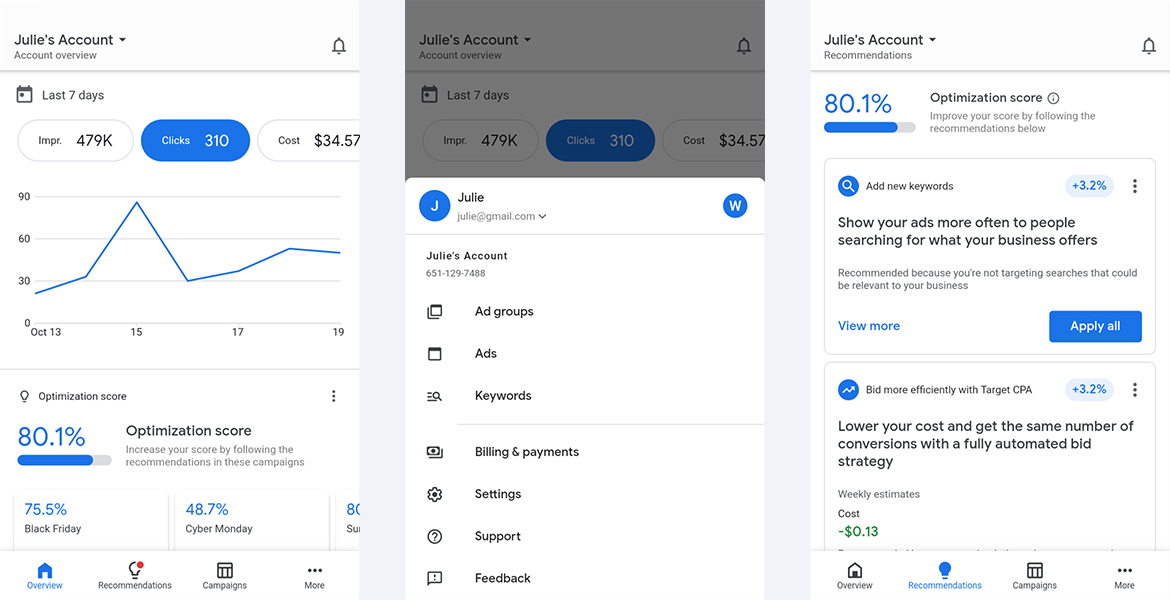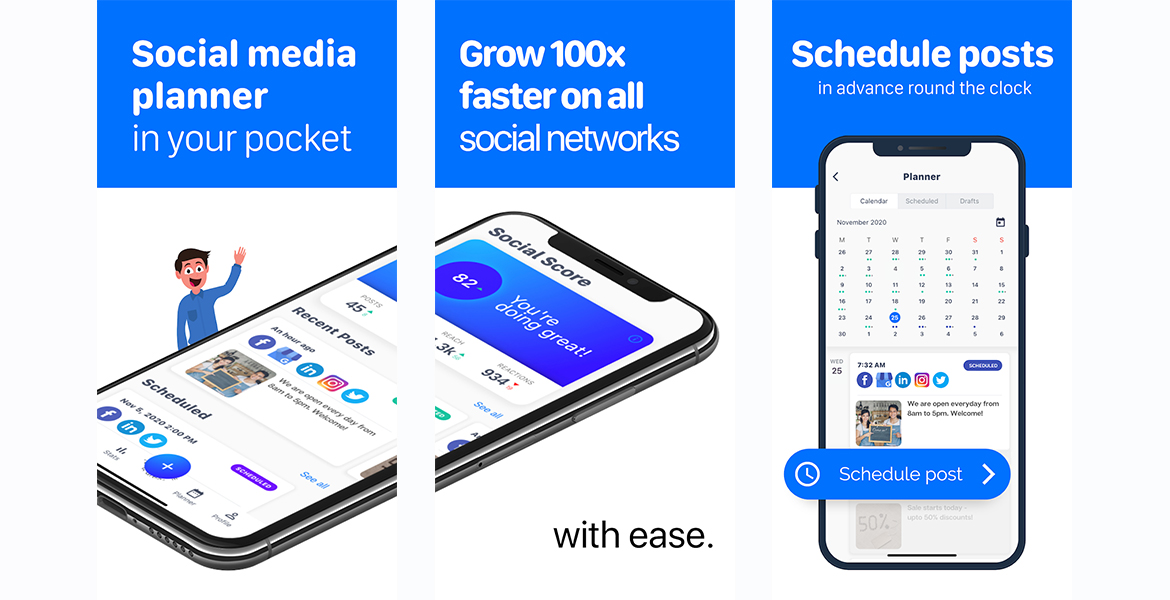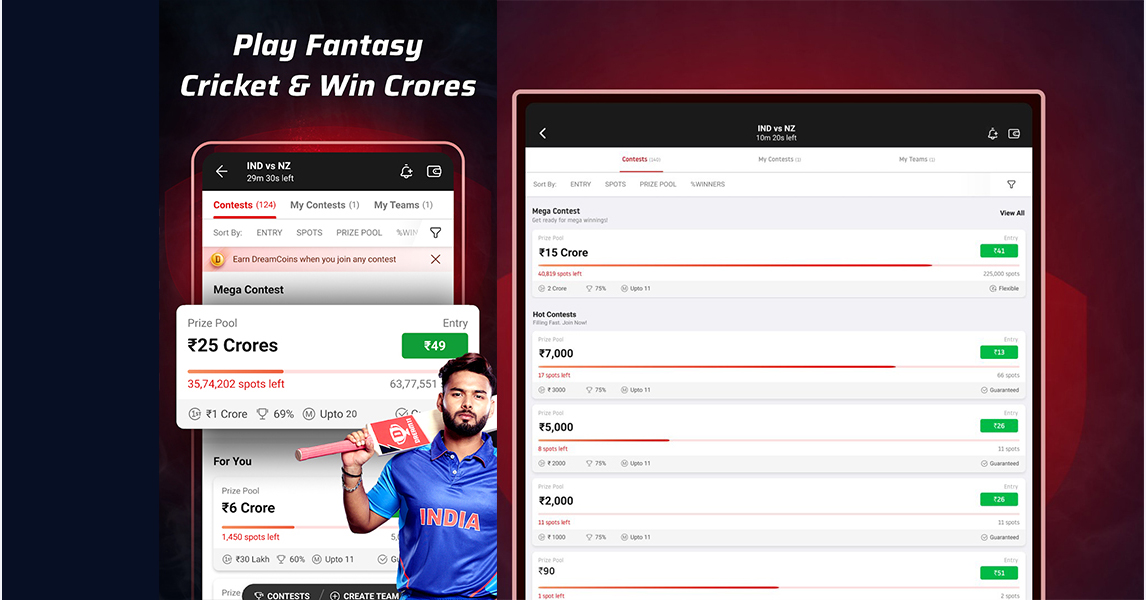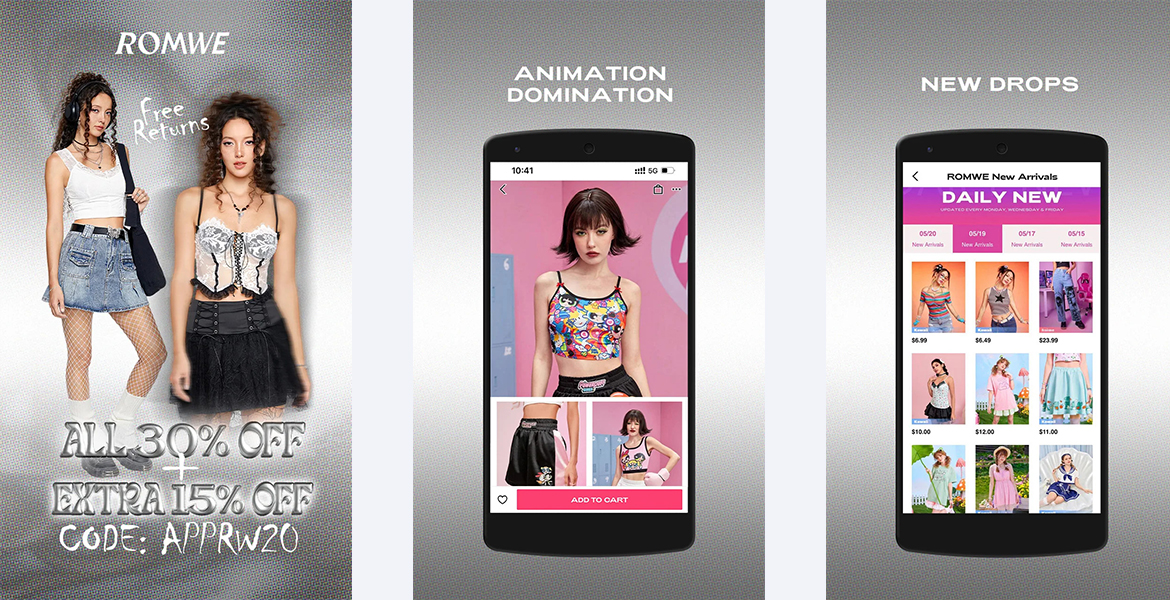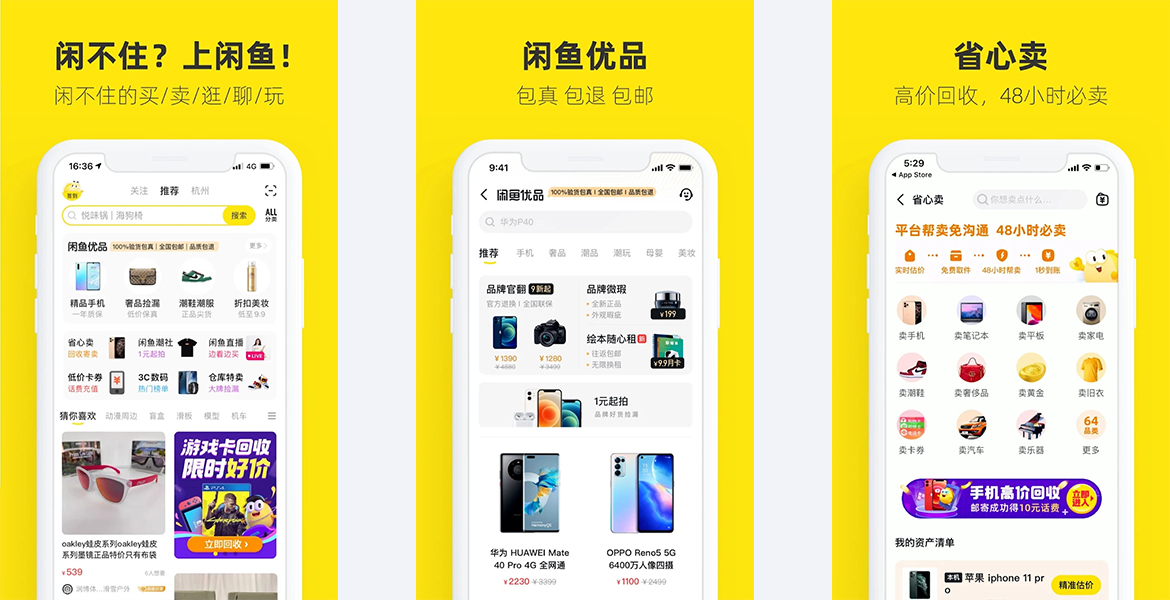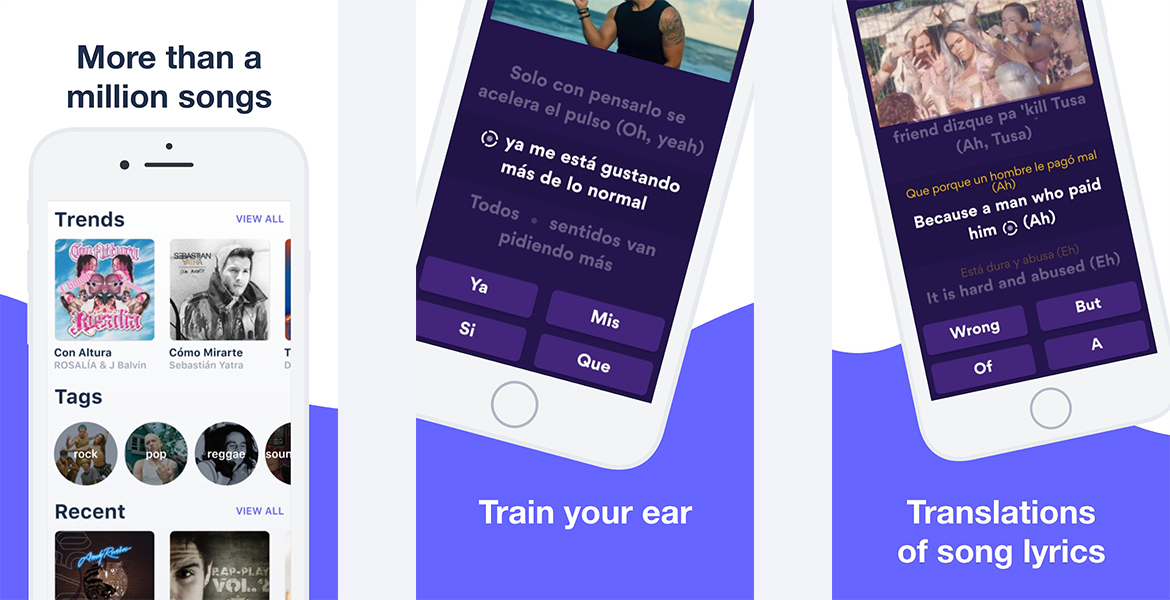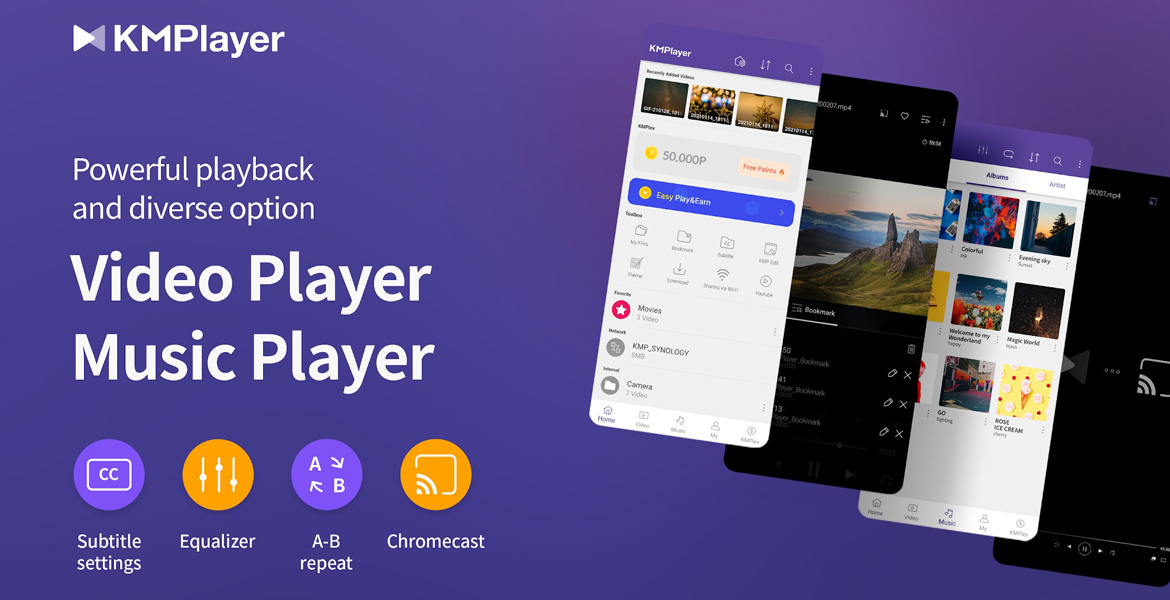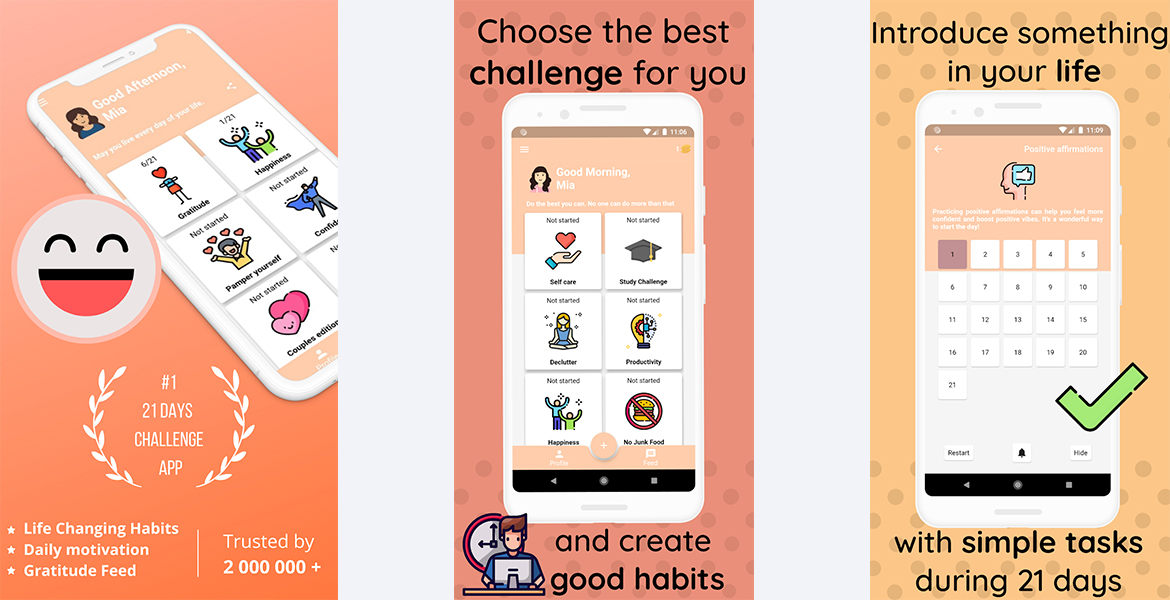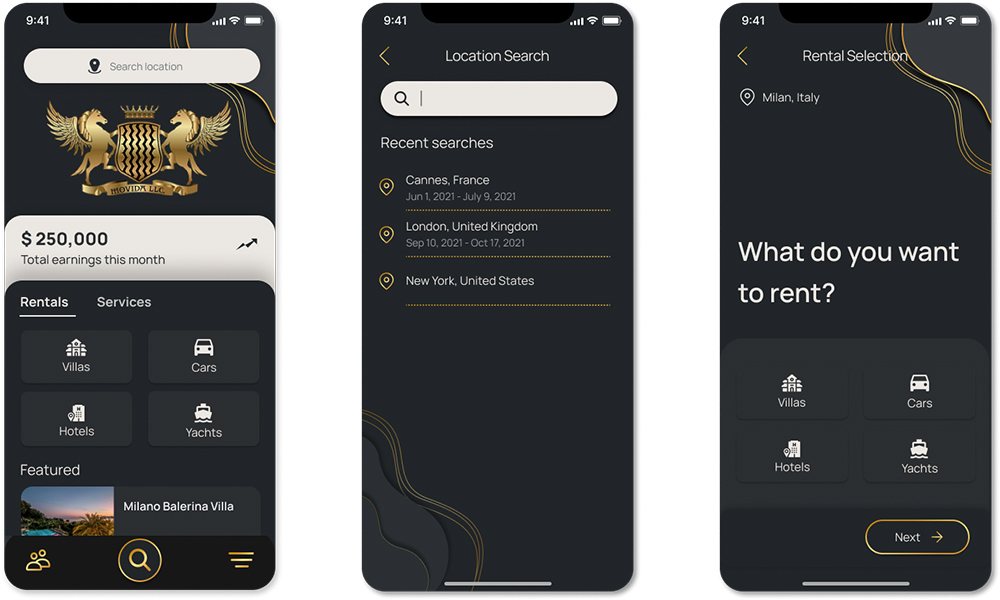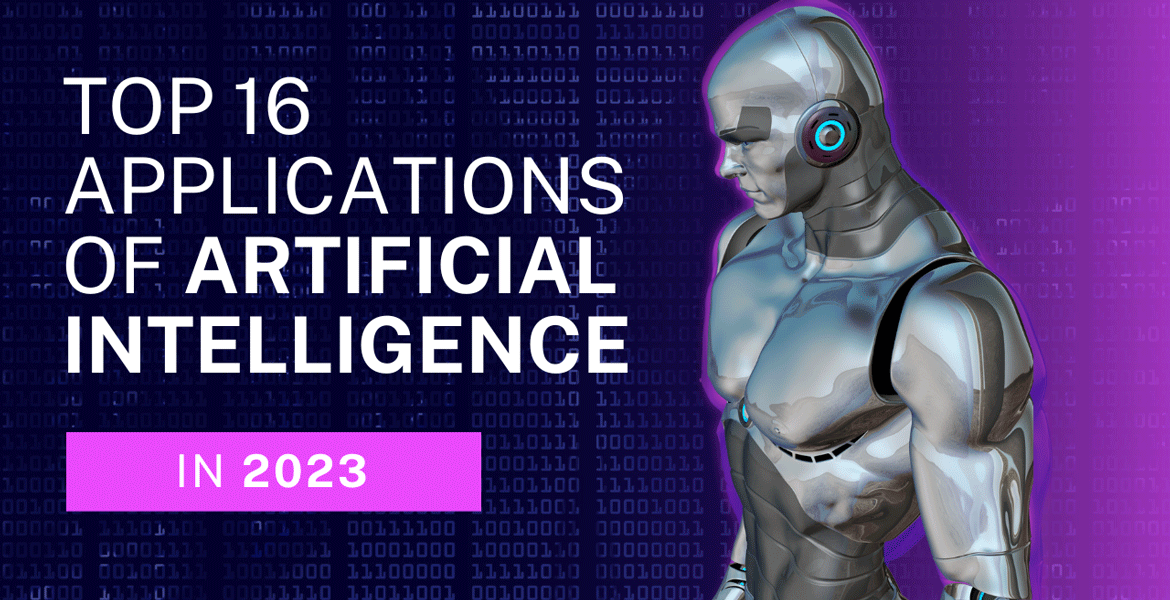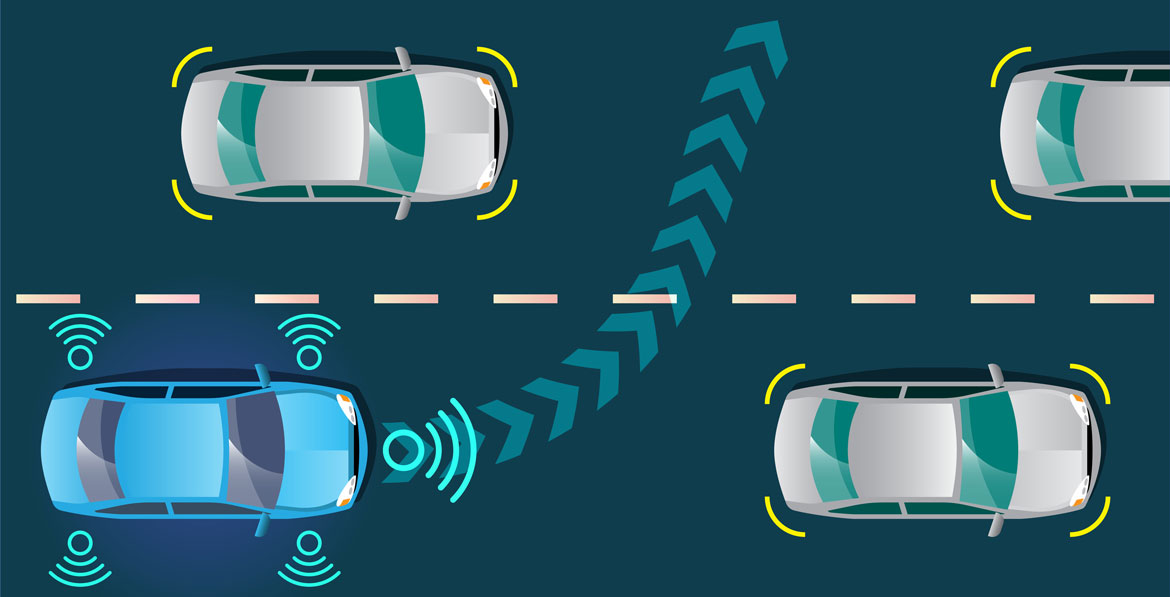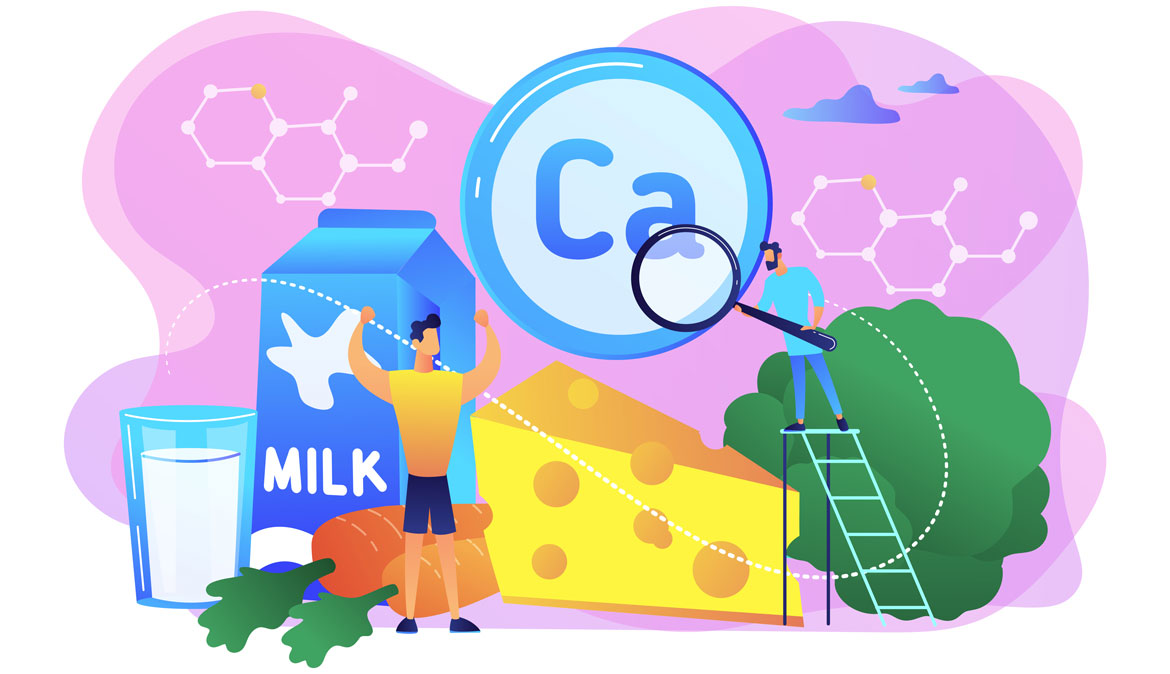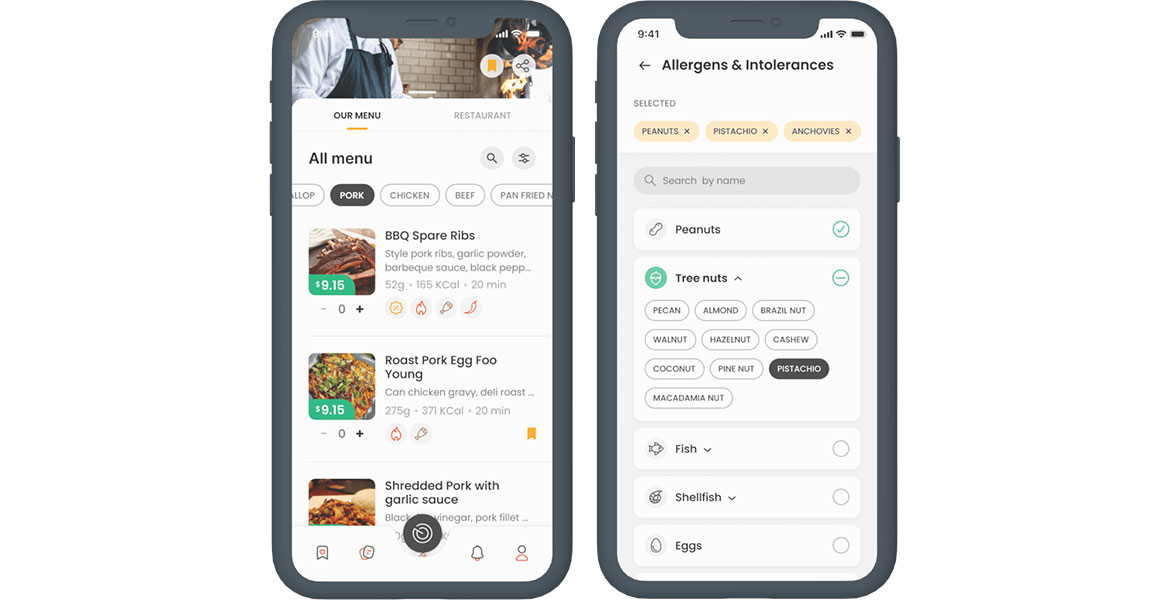The significance of e-commerce in modern business cannot be overstated. As businesses adapt to the evolving landscape, the digital marketplace has emerged as a fundamental driver of success. It has revolutionized customer engagement, providing unparalleled convenience and accessibility to businesses and consumers alike.
Central to this e-commerce evolution is Shopify, a platform that has seen an explosive surge in popularity. Its user-friendly interface, robust feature set, and scalability have made it a top choice for entrepreneurs and established businesses alike. With millions of online stores powered by Shopify, it’s evident that this platform has become the cornerstone of modern e-commerce.
However, navigating the intricate nuances of Shopify can be a formidable task. This is where Shopify experts come into play. These seasoned professionals possess the expertise and insight required to unlock the full potential of the Shopify platform.
In this article, we delve deeper into the world of Shopify experts and explore how their skills and guidance can propel businesses to new heights in the competitive e-commerce landscape.
Table of Contents
- Who are Shopify Experts?
- Qualifications & Skills of Shopify Experts
- Services Provided by Shopify Experts
- Why Businesses Need Shopify Experts
- The Benefits of Hiring Shopify Experts
- How to Choose the Right Shopify Expert
- Wrapping Up
Who are Shopify Experts?
Shopify experts are highly skilled professionals or agencies who specialize in various aspects of the Shopify e-commerce platform. They play a pivotal role in the e-commerce ecosystem by offering their expertise to businesses looking to establish, optimize, and grow their online stores on Shopify.
Shopify experts serve as trusted partners to businesses seeking to make the most of the Shopify platform. They offer a wide range of services, from initial store setup and customization to ongoing maintenance and marketing strategies.
These experts are well-versed in the intricacies of Shopify’s tools, features, and best practices, enabling them to guide businesses through every stage of their e-commerce journey.
Qualifications & Skills of Shopify Experts

Technical Proficiency
Shopify experts possess a deep understanding of the Shopify platform, including its backend functionality, coding languages (like HTML, CSS, and Liquid), and integrations. They can navigate and customize Shopify’s themes and templates to meet specific business needs.
Design Expertise
They have a keen eye for design, ensuring that the online store not only functions smoothly but also looks visually appealing and aligns with the brand’s identity.
E-commerce Strategy
Shopify experts are knowledgeable about e-commerce strategies, including product listings, pricing, inventory management, and conversion rate optimization. They can help businesses maximize sales and profitability.
SEO Mastery
They understand the importance of search engine optimization (SEO) in driving organic traffic to the online store. Shopify experts optimize product listings, meta descriptions, and other on-page elements to improve search engine rankings.
Marketing and Advertising
These experts are well-versed in digital marketing strategies, including social media advertising, email marketing, and pay-per-click (PPC) campaigns. They can create and manage marketing initiatives to drive traffic and sales.
Data Analysis
Shopify experts can analyze data from the platform, tracking key performance indicators (KPIs) like conversion rates, bounce rates, and customer behavior. This data-driven approach helps in making informed decisions and optimizing the store further.
Services Provided by Shopify Experts
Shopify experts offer a wide array of services tailored to businesses’ unique needs:
- Store setup and configuration. They assist in creating and customizing Shopify stores, ensuring they are user-friendly, visually appealing, and functional.
- Theme development and customization. Experts can either customize existing themes or develop custom themes to match a brand’s unique style and requirements.
- App development and integration. They can build or integrate third-party apps to enhance store functionality, such as adding advanced payment options, CRM systems, or inventory management tools.
- Marketing strategies. Shopify experts create and execute marketing plans, including content marketing, email marketing, and social media campaigns.
- Ongoing support and maintenance. They provide ongoing support, updates, and troubleshooting to ensure the store runs smoothly and remains secure.
Why Businesses Need Shopify Experts

Running a successful Shopify store involves navigating a multitude of complexities and challenges. The journey begins with configuring the store’s technical settings, integrating payment gateways, and ensuring secure transactions. While Shopify provides a user-friendly interface, businesses often find themselves in need of expert guidance to ensure a seamless setup.
Designing an appealing and brand-consistent store demands expertise in themes, imagery, and maintaining a consistent look and feel. Businesses recognize the significance of leaving a lasting impression on their customers, and Shopify experts are instrumental in crafting visually engaging storefronts that resonate with the brand’s identity.
As the product catalog grows, inventory management can become overwhelming, requiring efficient tracking and organization. Shopify experts possess the knowledge to streamline this process, ensuring that businesses can efficiently manage their expanding product ranges without the burden of manual oversight.
Achieving visibility in search engine results demands continuous SEO efforts, encompassing keyword optimization, content strategy, and link-building. Additionally, marketing campaigns, email marketing, and social media advertising are essential for attracting traffic and driving sales. Shopify experts bring invaluable expertise in digital marketing and SEO strategies, enabling businesses to improve their online visibility and effectively reach their target audience.
In essence, the complexities and challenges associated with running a Shopify store underscore the critical role of Shopify experts. These professionals possess the expertise and deep knowledge required to navigate each phase of the e-commerce journey, from store configuration to marketing strategies. Their involvement ensures that businesses can maximize their Shopify store’s potential, overcome hurdles, and ultimately thrive in the competitive e-commerce landscape.
The Benefits of Hiring Shopify Experts
Businesses looking to establish or enhance their presence on the Shopify platform often find themselves weighing the advantages of outsourcing Shopify-related tasks to experts.
Here, we explore the compelling benefits of enlisting Shopify experts for your e-commerce needs:
1. Expertise and Specialization
Outsourcing Shopify-related tasks to experts means tapping into specialized knowledge and skills. These professionals have dedicated their careers to mastering the intricacies of the Shopify platform, from technical setup to design, marketing, and SEO. Their expertise ensures that your store operates at its best, right from the start.
2. Time and Resource Efficiency
Running an e-commerce store involves numerous responsibilities that can be time-consuming and resource-intensive. Shopify experts allow businesses to focus on core operations while entrusting specialized tasks to professionals. This efficiency can significantly enhance overall productivity.
3. Cost Savings
While hiring Shopify experts incurs a cost, it can lead to substantial cost savings in the long run. These experts can help prevent costly mistakes and streamline operations, ensuring that your investment in the Shopify platform delivers a strong return.
4. Customization and Brand Alignment
Shopify experts have the skills to customize your store according to your brand’s unique identity. They can create visually appealing, brand-consistent designs that resonate with your target audience, enhancing brand recognition and trust.
5. Enhanced User Experience
A seamless and user-friendly shopping experience is crucial for customer satisfaction and retention. Shopify experts optimize the store’s user interface and navigation, making it easy for customers to browse, shop, and complete transactions.
6. Improved SEO and Visibility
Shopify experts implement effective SEO strategies, helping your store rank higher in search engine results. This increased visibility attracts organic traffic, reducing the need for costly advertising campaigns.
7. Marketing Excellence
Marketing is a key driver of e-commerce success. Shopify experts develop and execute tailored marketing strategies, leveraging their expertise in digital advertising, email marketing, and social media to attract and retain customers.
How to Choose the Right Shopify Expert

Selecting the right Shopify expert is a critical decision for businesses looking to optimize their e-commerce operations. To make an informed choice, consider the following factors and guidelines when evaluating potential candidates:
Experience and Expertise
Look for Shopify experts with a proven track record and years of experience working with the platform. An established presence suggests reliability and expertise.
Portfolio and Case Studies
Examine the expert’s portfolio to evaluate the quality and diversity of their previous Shopify projects. Pay attention to design aesthetics, functionality, and successful outcomes.
Also, you can inquire about specific case studies or success stories related to their previous clients. These examples can provide insights into their problem-solving abilities and ROI-driven results.
Client Reviews and Testimonials
Check for reviews and testimonials on platforms like Google, Yelp, or social media. Assess the overall sentiment and whether clients were satisfied with the expert’s services.
Don’t hesitate to request references from the Shopify expert. Speaking directly with past clients can provide a more comprehensive understanding of their work and professionalism.
Pricing and Value
Seek Shopify experts who provide transparent pricing structures. Understand what services are included and whether there are additional fees for ongoing support or revisions.
While cost is a factor, prioritize value over the lowest price. Consider how the expert’s services align with your business goals and the potential return on investment (ROI) they can offer.
Communication and Collaboration
Assess the expert’s communication skills and responsiveness. Effective communication is vital for conveying your goals and expectations. Look for an expert who is willing to collaborate with your team and involve you in the decision-making process. A collaborative approach often leads to better results.
Wrapping Up
E-commerce is a dynamic arena characterized by rapid technological advancements and shifting consumer preferences. When it comes to establishing and expanding your online store, it’s imperative to recognize the critical role of Shopify experts. Staying competitive requires a commitment to adapt and innovate continuously.
Shopify experts are invaluable partners for businesses seeking to maximize their e-commerce success. Their specialized knowledge, technical expertise, and strategic insights help navigate the complexities of the Shopify platform.
Beyond initial setup, ongoing support and maintenance are crucial for sustaining e-commerce success. Shopify experts provide the technical updates, performance optimization, and marketing strategies needed to thrive.
Looking for Shopify Experts in NYC?
At IT Creative Labs, we understand the intricate world of e-commerce and Shopify like no other. Our team of seasoned Shopify experts is ready to help you navigate the ever-evolving landscape of online retail. Whether you need design enhancements, technical support, or a comprehensive e-commerce strategy, we’ve got you covered.
Unlock your online store’s full potential with IT Creative Labs. Contact us today to embark on a journey of e-commerce excellence!



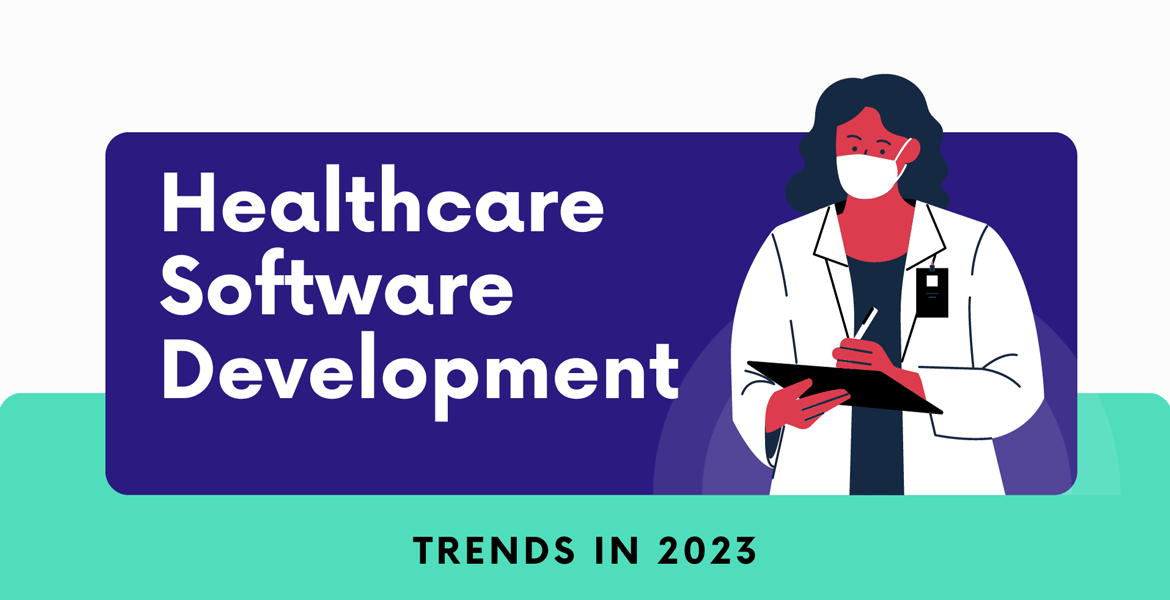
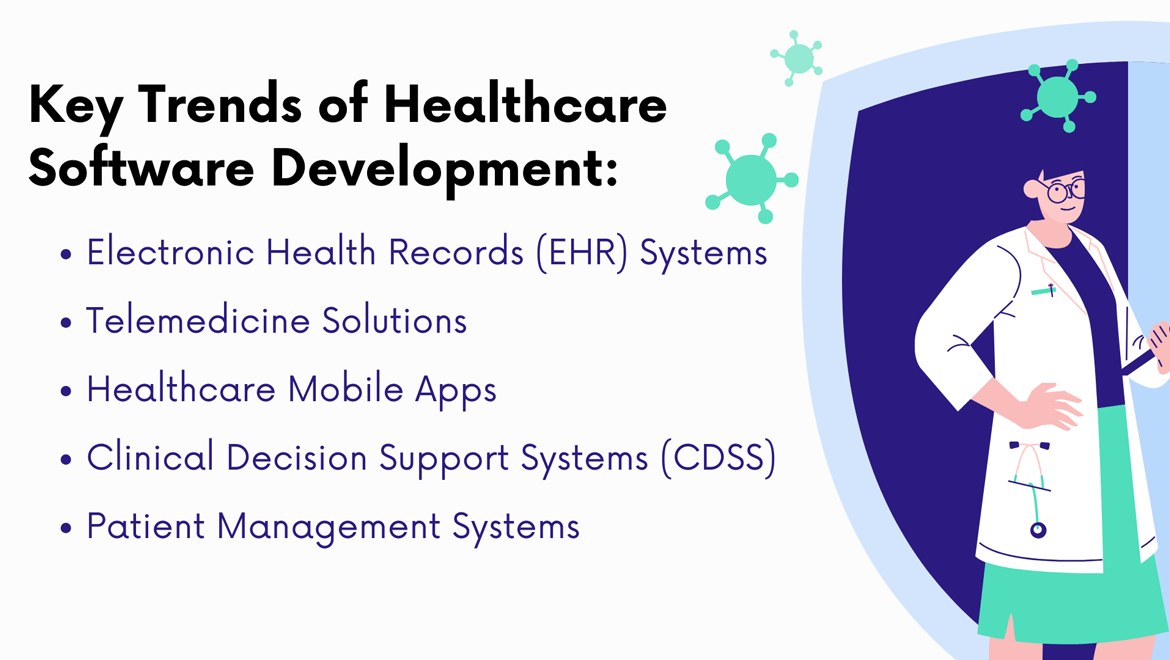
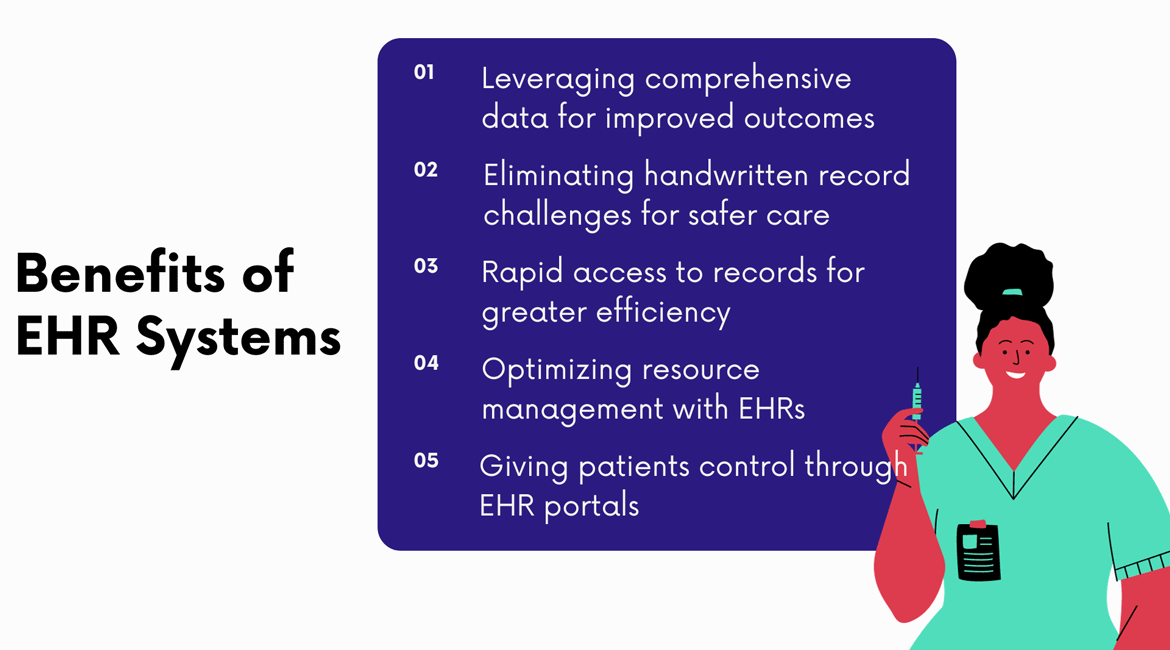
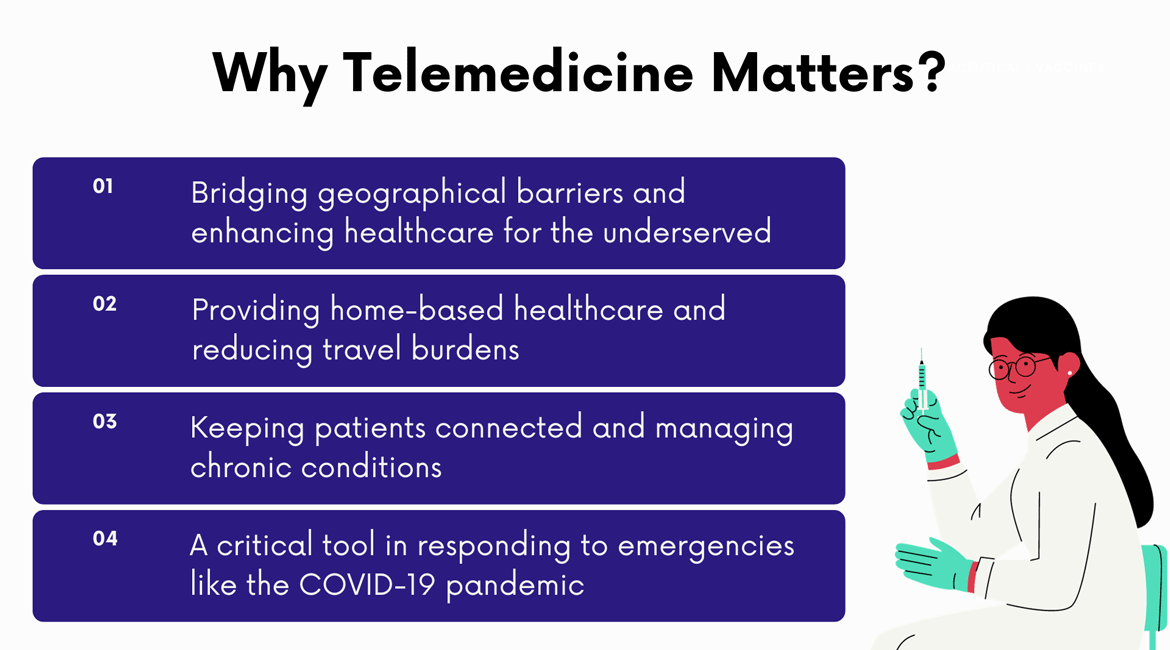
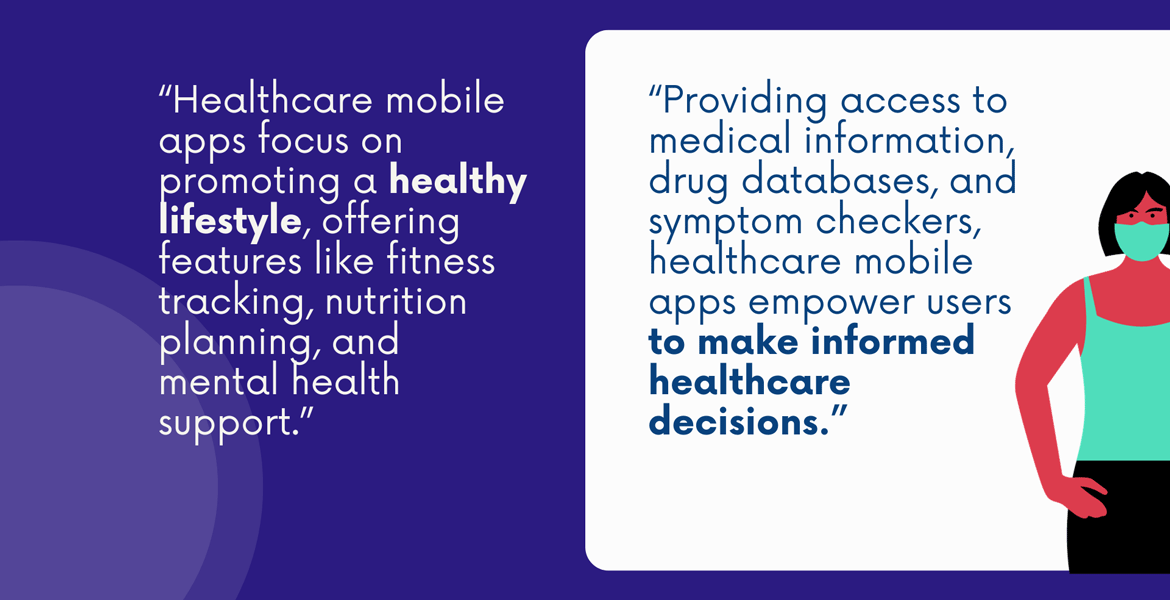

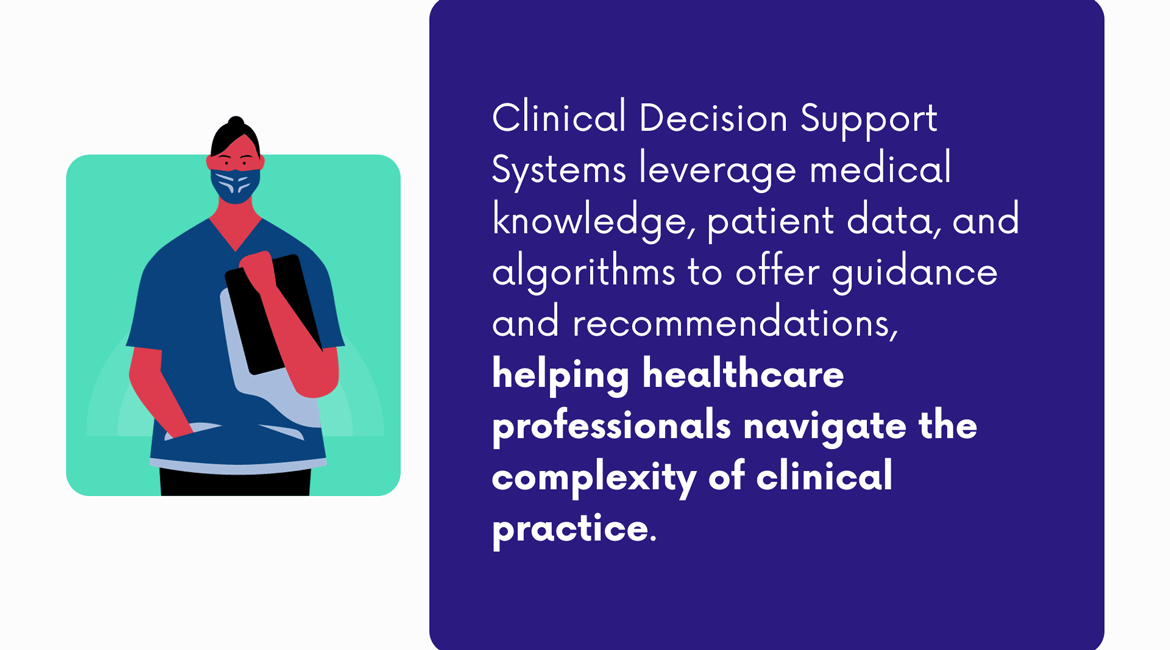

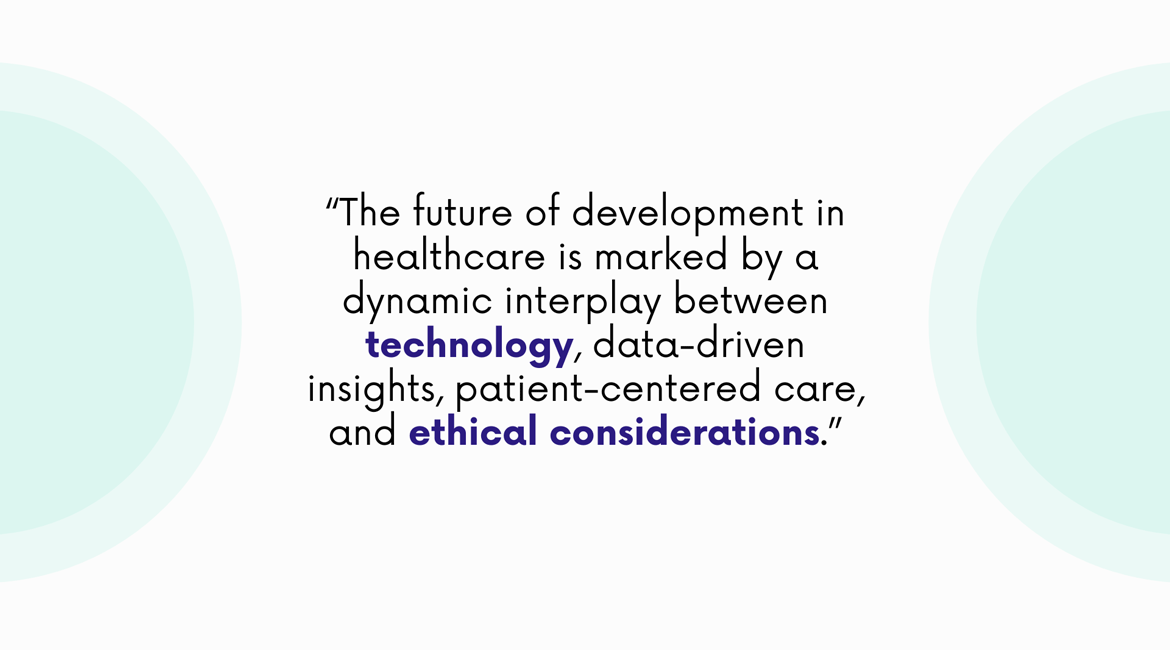






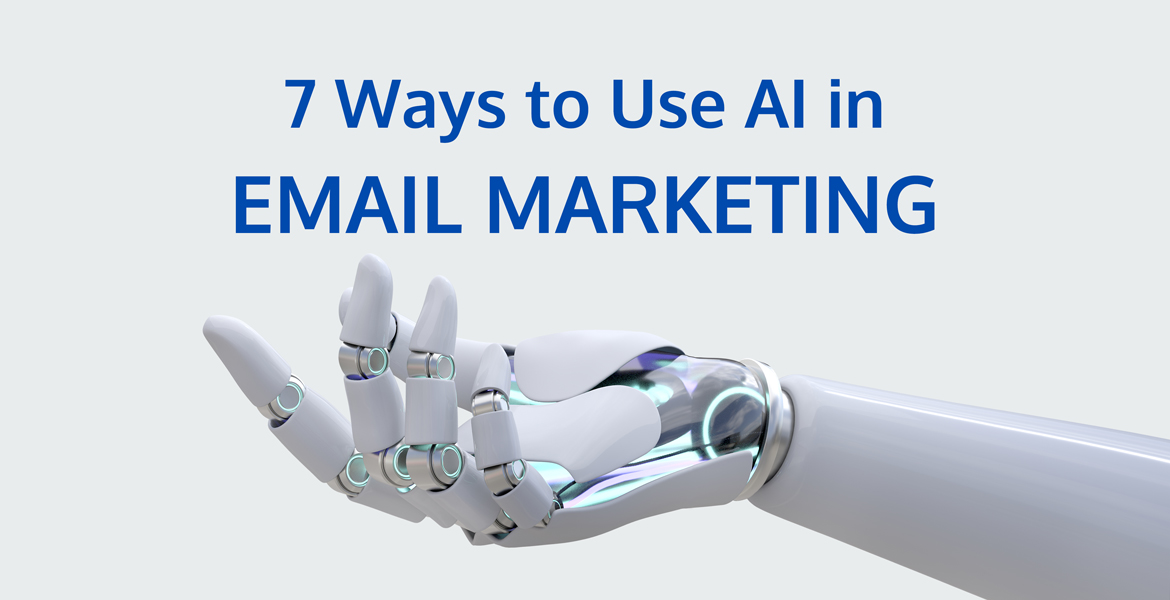
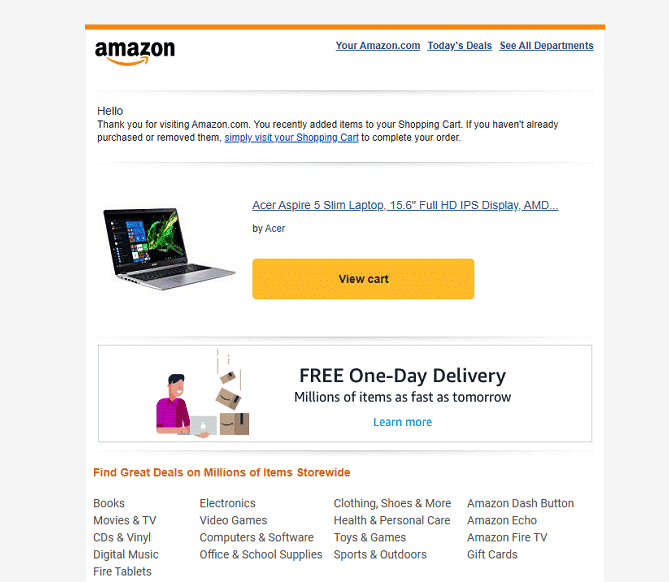
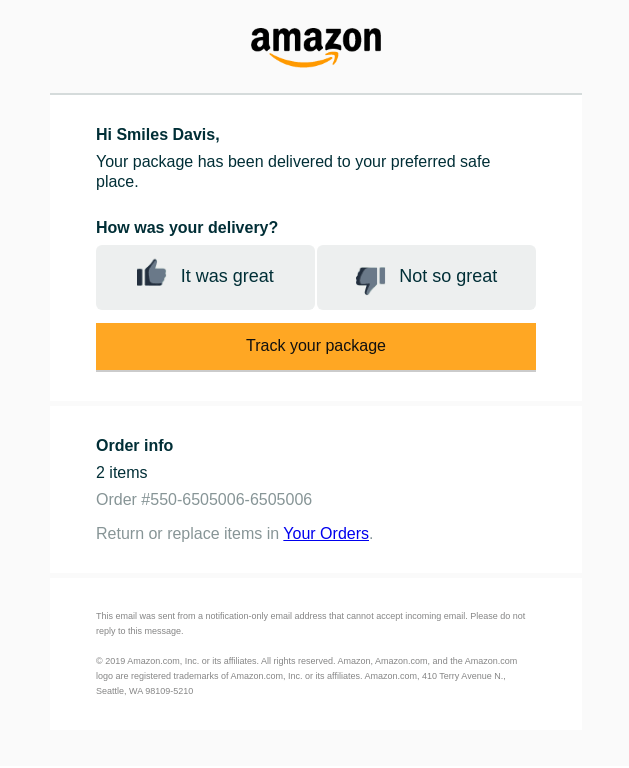

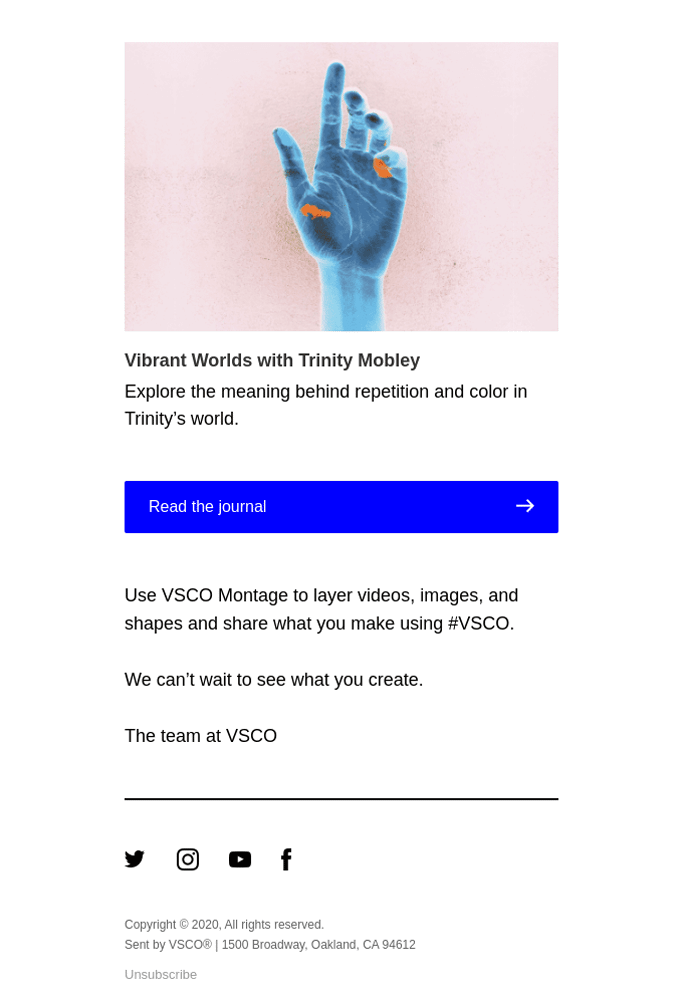

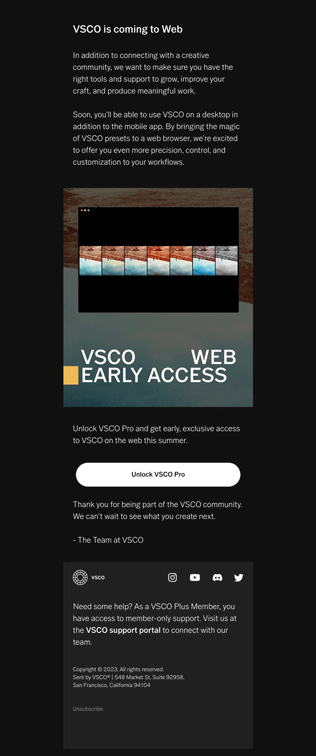


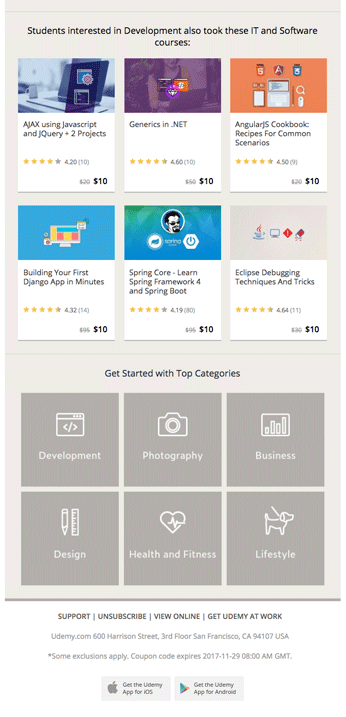
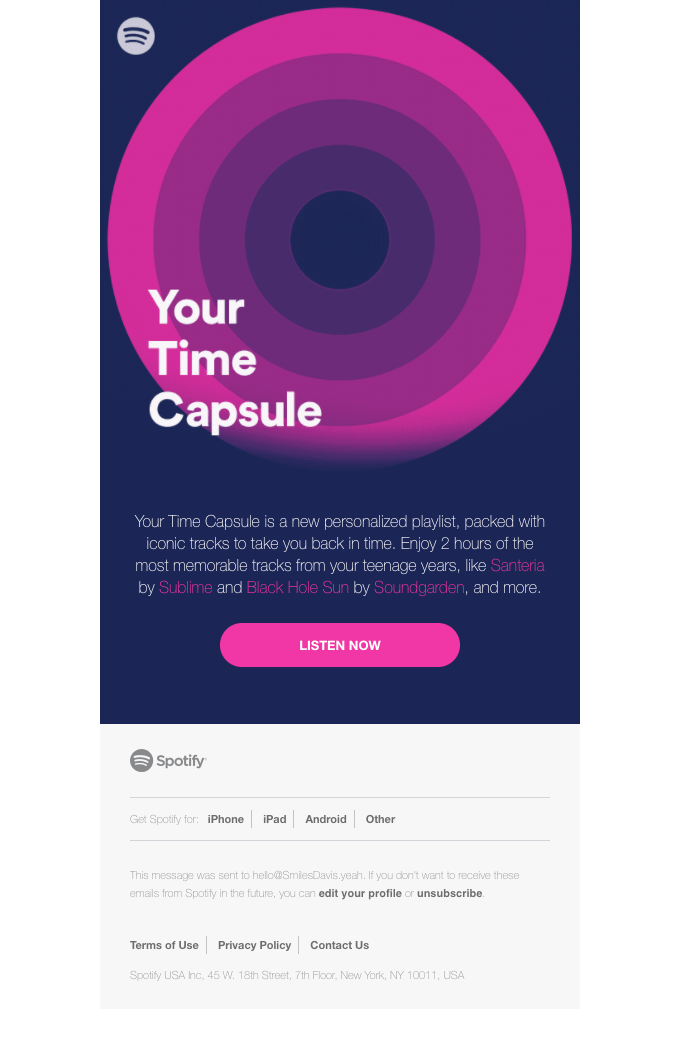

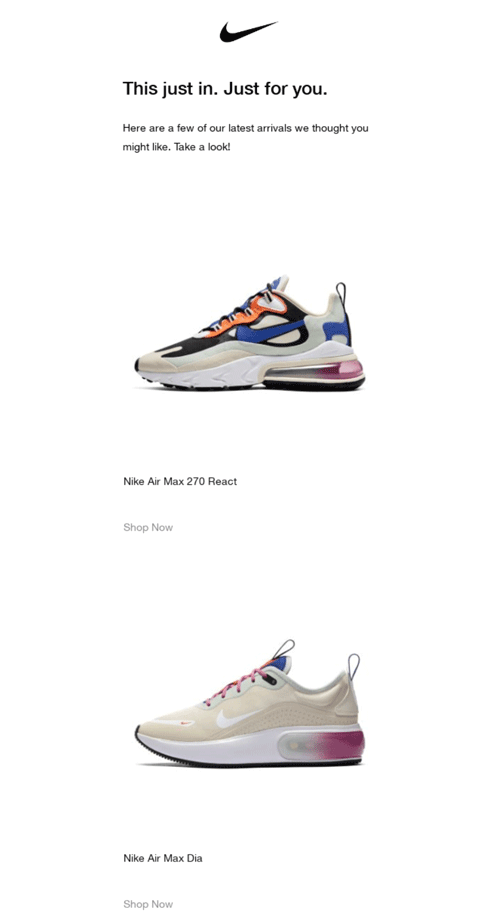










![How to Make a Successful Mobile App: A Comprehensive Guide [2023]](https://itcreativelabs.com/wp-content/uploads/2023/07/tips-to-build-successful-apps.jpg)
